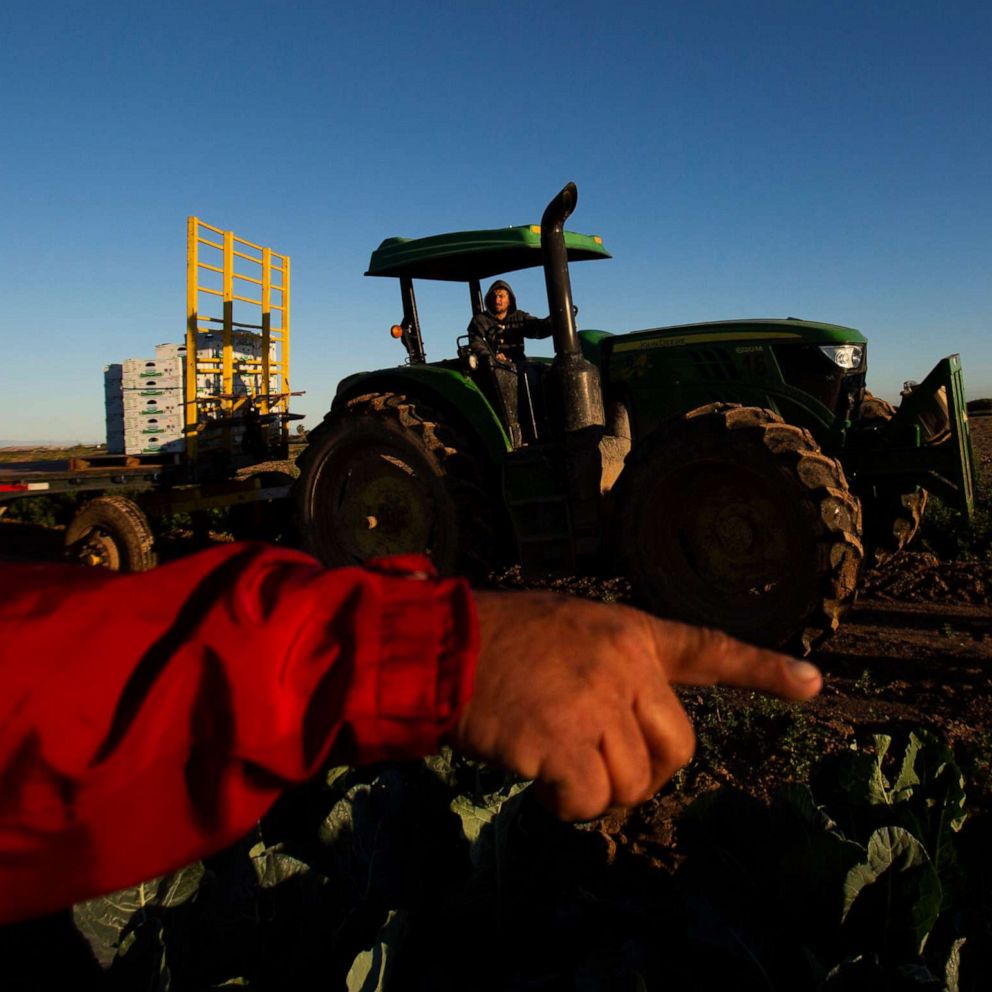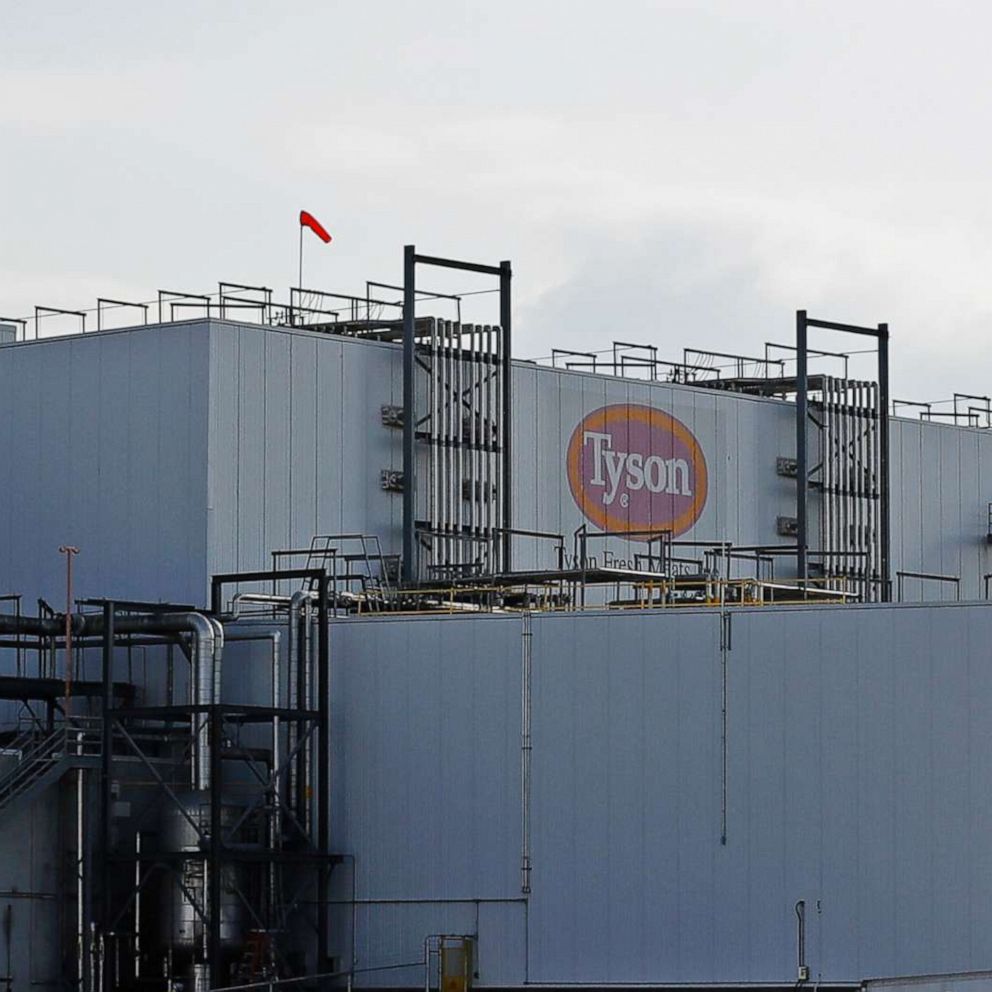Fishermen, farmers suffering from food supply disruptions concerned for what's to come
The food supply chain has been hit hard by COVID-19 and there's no end in sight.
As the winter turned to spring this year, the market for farmer-rancher Kyler Brown's fresh market potatoes was looking up. People across the United States were panic buying these food staples as the coronavirus began to spread across the country. Potatoes, he said, were "flying off the shelves."
"Across the whole southern part of the country where we deliver potatoes to, we were just shipping out potatoes like they were just going out of style, and prices were really good," Brown, whose farm in Colorado's San Luis Valley has been owned by his in-laws for nearly 100 years, told ABC News. "So guys made quite a bit of money while that was happening."
But then, within the last month, something odd started to happen. Brown said a surplus of potatoes from the north, normally processed into frozen french fries and other items, was "dumped" onto the fresh market. Farmers whose products were already there saw a domino effect in collapsing prices, he said.
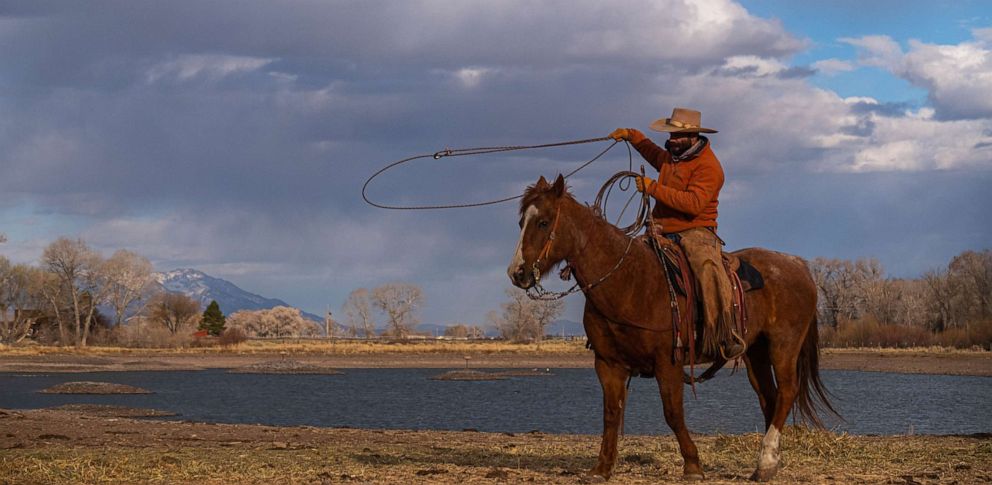
Louis Schmidt, another rancher in the San Luis Valley, said that before Easter, the spring lamb market was looking "pretty good." But then all the processing plants that normally purchased his lamb shut down.
He now has 600 lambs on his ranch with nowhere to go, and said that some of the ones he was able to sell last week fetched a price $60 to $70 less than he'd normally get per lamb.
"This spring, we were looking to pick up a pretty good go, I think," Schmidt told ABC News. "Just the way things were working out, there was not that many extra lambs, and [it was] kind of a time when we might've made a little bit of money. But then this happened and we were kind of going the other way again."
"That ain't just the profit we're not getting," Schmidt said. "A lot of our costs, we're not gonna get back either. That's a loss deal."
As the coronavirus has spread through the U.S. over the last two months, it has dealt a significant blow to the country's food supply chain and driven the price of products down so much that those who source them aren't sure if they'll get a return on the time and money they've invested over the last year. Many are now concerned about what the rest of the year will look like and what it means for the foods they grow.
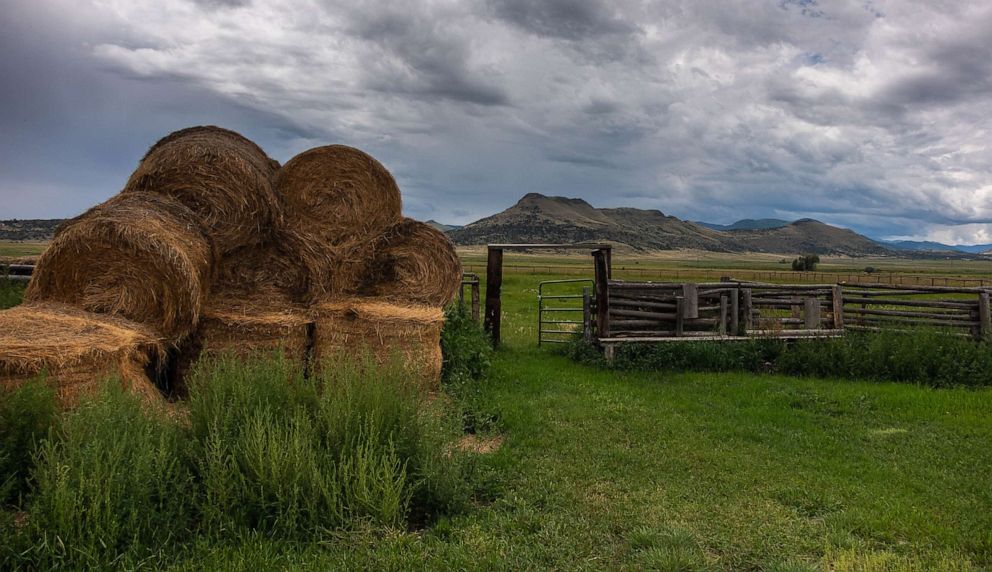
Numerous meat processing plants have closed, leaving ranchers with nowhere to bring their livestock and fearing that the animals may be sold at drastically reduced prices or euthanized. A surplus in dairy and vegetables has forced farmers to dump their milk and throw out or plow under their crops. Fishermen catching sablefish, halibut and black cod are now left without restaurants -- their biggest market -- to buy their food, as others waiting to catch king salmon and albacore wonder whether it's even worth going out to fish when the season opens in July.
In Sitka, Alaska, it's the height of the longline fishing season for halibut and black cod, and Linda Behken, executive director of the Alaska Longline Fishermen's Association, has been working hard to keep her members informed on the latest regarding COVID-19.
"I would say it's about the most exhausting month I've ever been through since I've been running [the association]," said Behnken, whose organization represents about 130 vessel owners. "Just the worry about our fleet immediately and in the long-term."
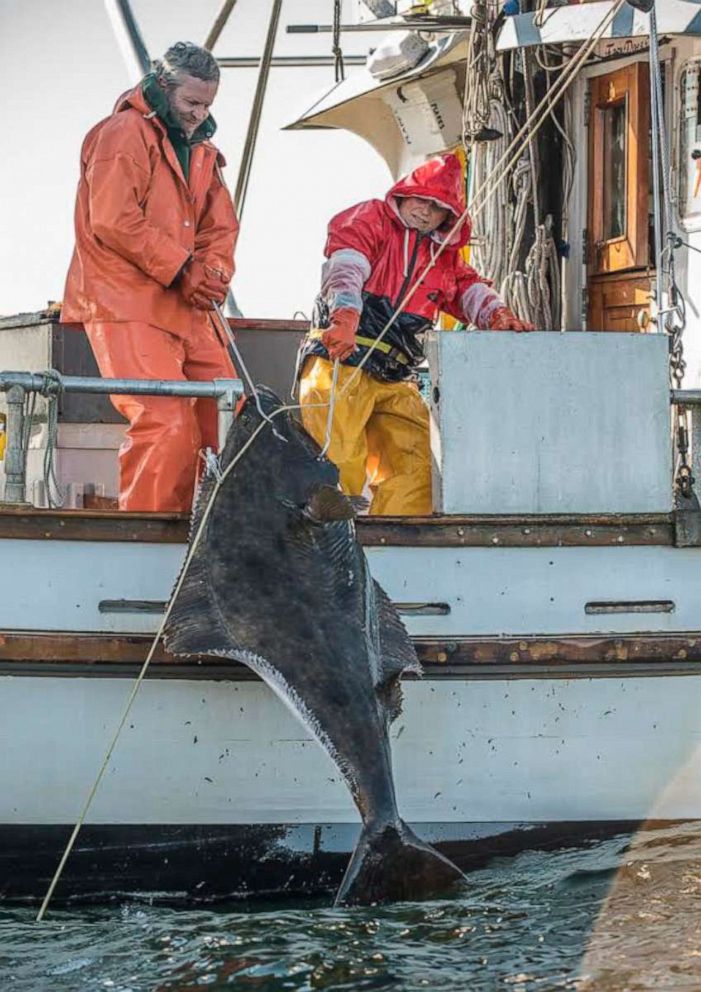
Behnken says prices for halibut and black cod have already dropped 60% relative to recent years in large part because restaurants have closed. She expects similar price drops in king salmon when that season opens in a limited capacity in July.
"Most Americans eat their seafood at restaurants, and with restaurants closed, that higher volume, higher quality product is where we really lost markets. So the impact to the fishermen has been really significant," Behnken said.
Behnken said a lot of people are fishing anyway, "hoping that prices will improve."
For some fishermen, however, the risk of losing money is too high. California's commercial salmon season began on Friday, but Mike Conroy, executive director of the Pacific Coast Federation of Fishermen's Associations, says that with the markets "upended" and 75% of California salmon purchased by restaurants, many fishermen might not go through the trouble of fishing.
"They're probably not going out to fish because they don't want to incur the expense of hiring a crew, getting fuel … for no possibility of an economic return," said Conroy, whose organization represents more than 200 commercial fishing vessels that employ as many as 900 people.
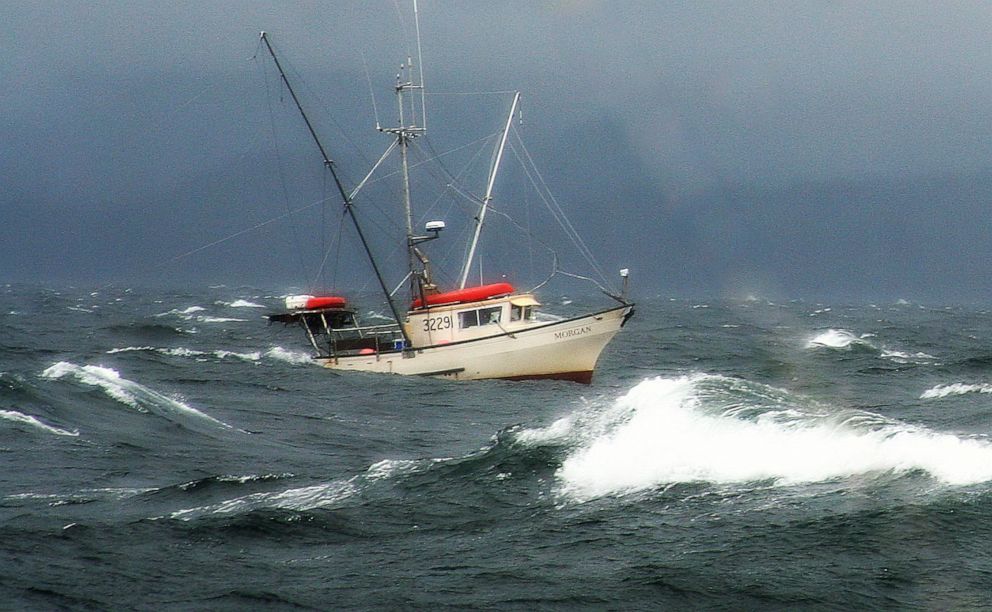
In some ways, the seafood industry has had time and space to better anticipate and prevent what has happened to other areas of the food supply chain. Unlike farmers and ranchers, who've already spent several months growing their products and now can't do anything with them, fishermen aren't necessarily burdened with an oversupply of fish. Many of their processing plants also haven't closed down due to outbreaks among their workers.
Behnken says those processing plants that are her main concern. Sitka, an island only accessible by air or boat, has only seen one case of the virus. But as the summer approaches, she said she's concerned that could change as people come from the lower 48 to fish or work in other summer industries.
At the Seafood Producers Cooperative's main processing plant in Sitka, CEO Joe Morelli says they're taking "major precautions," such as employee temperature checks twice a day, and that they've even partnered with competitors in the city to ensure the fishermen's catches get processed should a plant shut down.
"We have not seen anything to be concerned about yet, so we're kind of knocking on wood there," Morelli told ABC News. "We also have some competitors in the town of Sitka. We've all met and we're working together, so that if anyone of our companies has an issue and has to theoretically shut down for a couple weeks, the other companies are going to process our fish for us for a nominal charge."
"We've all kind of worked together to make sure that we're looking out for the town of Sitka first," he added.
By contrast, outbreaks of COVID-19 among meat processing workers have led to the closure of numerous meat packing facilities, including Smithfield and Tyson plants. As the plants prepare to reopen following President Donald Trump's executive order last Tuesday directing them to resume operations as part of the country's "critical infrastructure," unions and advocates are calling for more accountability from the companies.
"They need to understand that they have to provide proper protective equipment for their employees, and they should've been doing that weeks, if not months ago," said Nick Levendofsky, director of external affairs for the Rocky Mountain Farmers Union, which has 20,000 members in Colorado, Wyoming and New Mexico. "They need to be doing testing as much as possible … they need to be doing temperature checks, spacing people out further along the production line. And if that means slowing things down, then that's what that means. We can't take any more chances when it comes to this."

Levendofsky said he has "great concerns" about the workers who have to re-enter these plants, claiming that the executive order removes a lot of the liability that the companies have for protecting their employees. Prior to Trump signing the executive order, a senior administration official said that there would be guidance coming from the Department of Labor "that will provide additional liability protections," but it was unclear what those protections might be.
"My fear is that we start to really get processing plants -- whether that be for lettuce or whether that be for meat -- we start to get these areas that really are the bottleneck of distribution. If all of a sudden ... distribution centers got coronavirus just raging through them and now we weren't able to truck all these things ... if that really got hit hard, you would see the food system collapse. Not only would that wreak havoc on us, but can you imagine if New York City or Miami or Los Angeles … maybe their grocery store has a two-day food supply, if all of a sudden those trucks don't start coming every day? That would have massive implications for the rest of our country."
The damage may already be done. Brown, who is president of the San Luis Valley chapter of the Rocky Mountain Farmers Union, said some of the farmers he works with are concerned that the surplus of meat that will enter the pipeline once the plants reopen may cause companies buying their cattle to "weasel out" of contracts because they don't have the capacity to take in the livestock.
"What I'm scared of for myself: I generally don't sell my calves till late November, December. And by then, there's just a backlog of cattle sitting there and the price may be just absolutely horrible," Brown said.
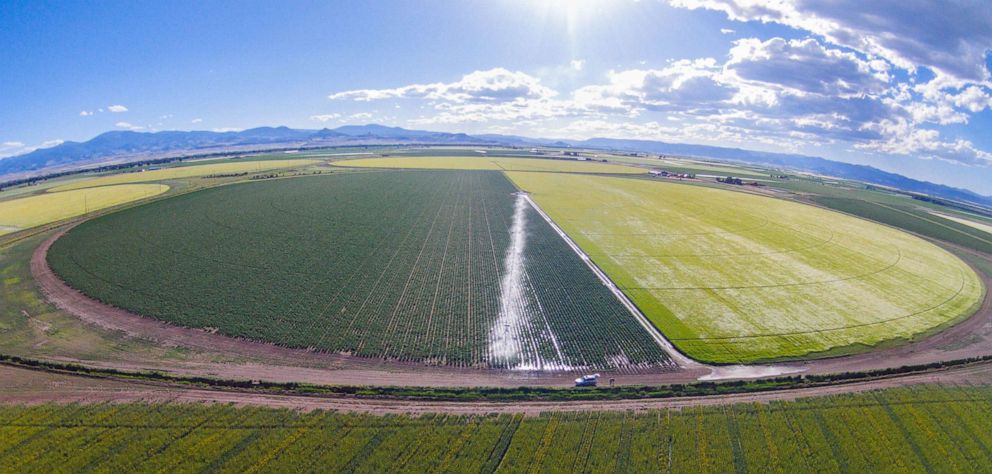
With both their farms well-rooted in the community, neither Brown nor Schmidt said they've had to take out loans through the Payment Protection Program (PPP) or the Economic Injury Disaster Loan (EIDL) program under the Coronavirus Aid, Relief and Economic Security (CARES) Act.
However, it's possible they'll both be eligible for grants through the U.S. Department of Agriculture's (USDA) Coronavirus Food Assistance Program, which will provide $16 billion in direct payments to farmers who've experienced losses during the pandemic and $3 billion toward the USDA's Farmers to Families food box program.
Brown questioned how the USDA was going to implement the Farmers to Families program, which aims to purchase and distribute up to $3 billion in agricultural products to those in need, in rural areas.
"I don't know how that's gonna go down. Not only does it sound like not nearly enough money, but more importantly, just connecting all those apparatuses," he said. "You need reefer trucks. You need storage. You need processing. You need to get all that stuff somewhere."
The USDA will be partnering with regional and local distributors for the program, and purchasing $100 million a month each in fresh fruits and vegetables, dairy products and meat products, according to its website. The distributors will then be responsible for determining which nonprofit organizations they'll work with and how to source, process and package the food.
"The prime contractor receiving an award is responsible for all aspects of contract performance," a USDA spokesperson said. "The aspects of performance include but are not limited to sourcing product for inclusion of boxes, conducting all aspects of preparing the boxes, sourcing and communicating with non-profits and transportation and final delivery of boxes to the non-profit on a mutually agreeable, recurring schedule. … USDA reserves the right to negotiate with distributors to serve rural areas through the procurement process if no offers are received. However, if offers are not received for specific areas of the country, there is a possibility non-profit organizations in that area will not be able to receive products under this program. USDA has recommended non-profit organizations work with their local distributors or manufacturers to ensure they submit an offer."
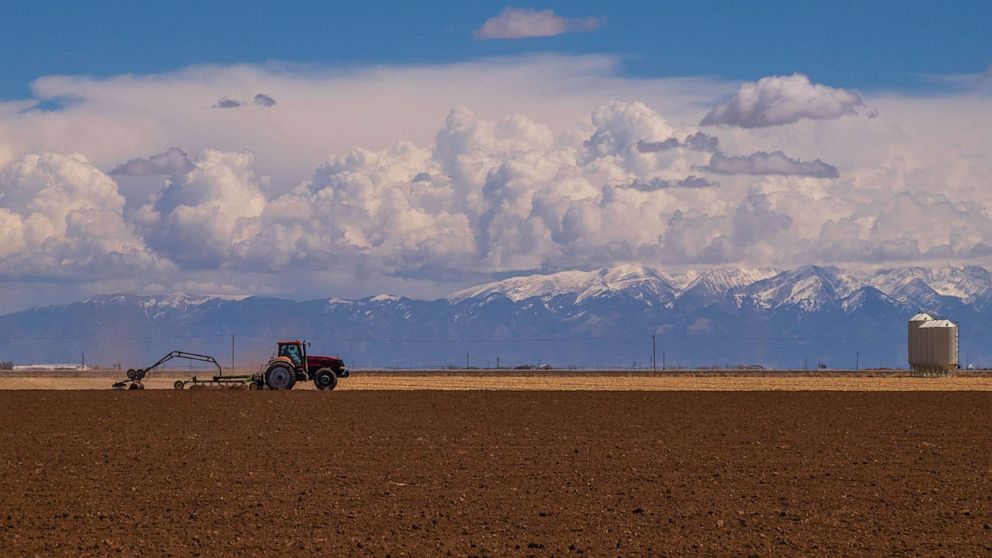
As farmers work to stay afloat, Levendofsky says that the best way for people to help is to buy locally.
"It’s one thing that can make a difference right now for a lot of people is spending that dollar closer to you," Levendofsky said. "Shortening that chain between you and where your food comes from. So if you can do it, I encourage people to do that."
Like Brown, neither Behnken nor Conroy believes the federal government is doing enough in the way of financial relief for fishermen. Out of the CARES Act, $300 million was earmarked for the National Oceanic and Atmospheric Association, which manages fisheries in the U.S., for fishery disaster assistance.
Conroy said that based on the sheer number of people needing help -- including commercial and charter fishermen, aquaculturists, and tribes -- the available money wouldn't cover all of the losses.
"If you look at the total population of everybody that participates in those industries, while $300 million is greatly appreciated, it's not enough," he said. "It's not going to cover the losses that have been sustained by the industry and probably will continue to be sustained as we recover from this."
Similarly, Behnken said that "right now, there's no explanation of how that money will be directed."
NOAA did not immediately respond to a request for comment.
Behnken also said that the PPP and EIDL programs haven't been working well for her fishermen, due to "the nature of the business."
"Our crew are independent contractors and so they're not covered under the PPP," she said. "What we pay our crew isn't covered. So fishermen are able to access only a small amount from relief programs in place."
A spokesperson for the Small Business Administration, which provides these loans, told ABC News that independent contractors in the fishing industry are eligible to apply for EIDL.
Behnken said she's also hoping future relief packages will broaden USDA programs that provide resources for direct-to-consumer agriculture. She said the fishermen she represents have been trying to expand a subscription service that involves shipping frozen fish fillets with recipes to consumers. Conroy said his fishermen have also ramped up efforts for similar services.
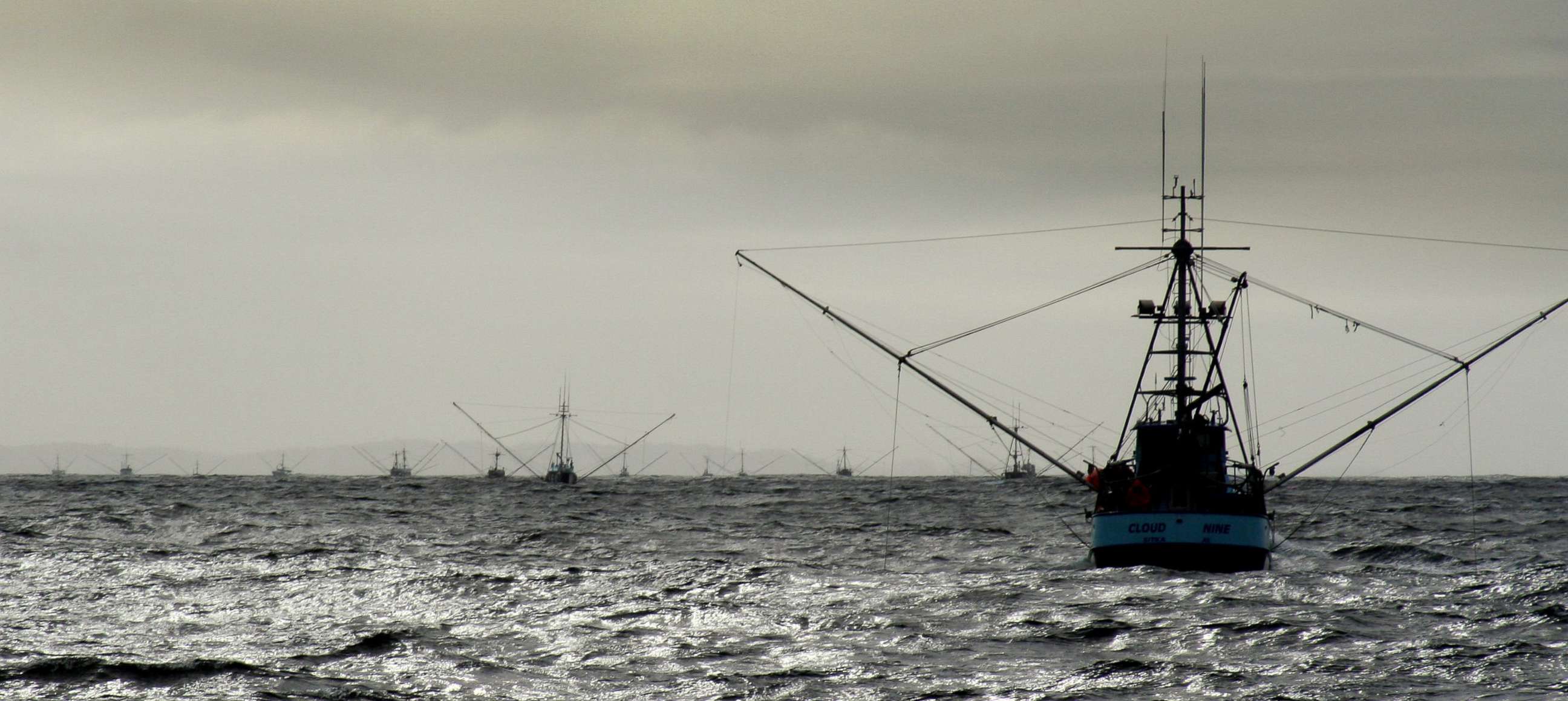
However, Behnken says these programs need more funding to cover new costs associated with the pandemic, such as the funds to improve delivery systems so they're safe from COVID-19.
Morelli, CEO of the Seafood Producers Cooperative, says that while he has seen an uptick in home orders, it hasn't been enough to compensate for the losses from the restaurant industry. Although the fiscal year just began, he estimates that in just the last two months, the company has sustained a 10% drop in sales.
"That hurts because there are not a lot of margins in the fish industry. We run our company on very thin margins. So we're not equipped ... a 10% drop hurts big time," he said, noting that while the company had been approved for PPP funding, it's too early to tell how much it'll help.
Nevertheless, Morelli sees home deliveries of fish becoming more common moving forward, especially as many restaurants remain closed across the country.
"I think in the long run, one of the things that we're gearing up for is that home delivery of fish, and any food, is going to become more a norm in our lives ... it's already become pretty common practice, but just from what we've seen in the increase in our consumer business in the last four to six weeks and just from what I feel personally, we're going to feel safer, I believe, getting more and more of our food delivered to our home."
"I'm very concerned about restaurants going forward," he added. "I think everybody is. What are they going to look like? Are we all going to be sitting six feet apart? Are half of them even going to come back? That's a big concern of ours."
What to know about the coronavirus:
- How it started and how to protect yourself: Coronavirus explained
- What to do if you have symptoms: Coronavirus symptoms
- Tracking the spread in the U.S. and worldwide: Coronavirus map
Tune into ABC at 1 p.m. ET and ABC News Live at 4 p.m. ET every weekday for special coverage of the novel coronavirus with the full ABC News team, including the latest news, context and analysis.
